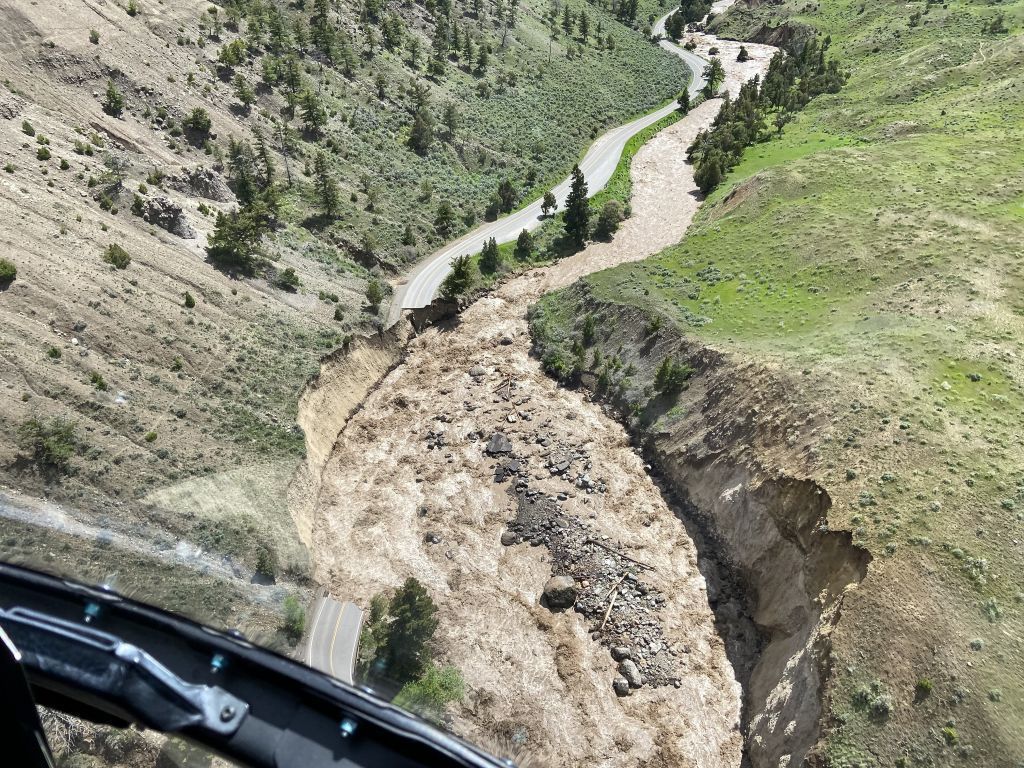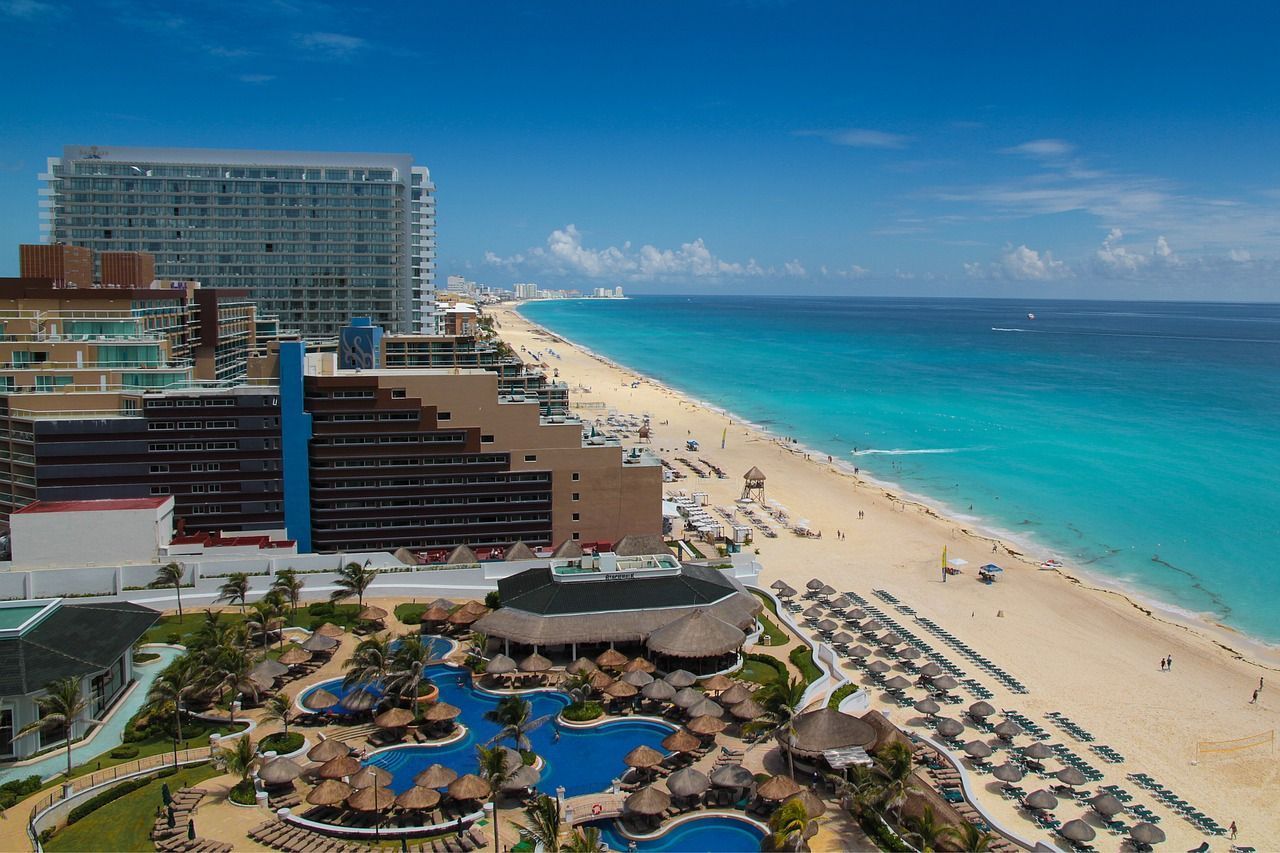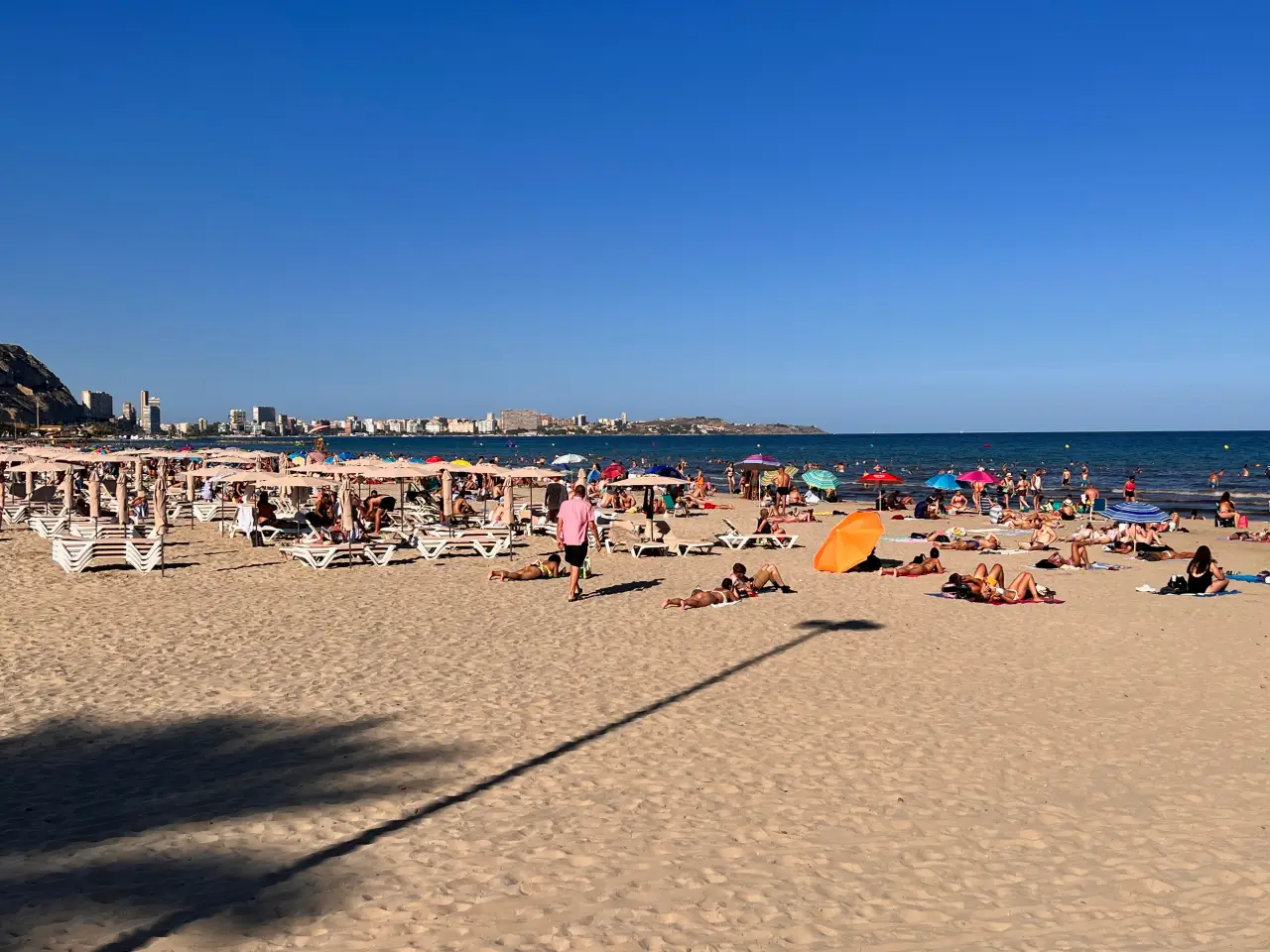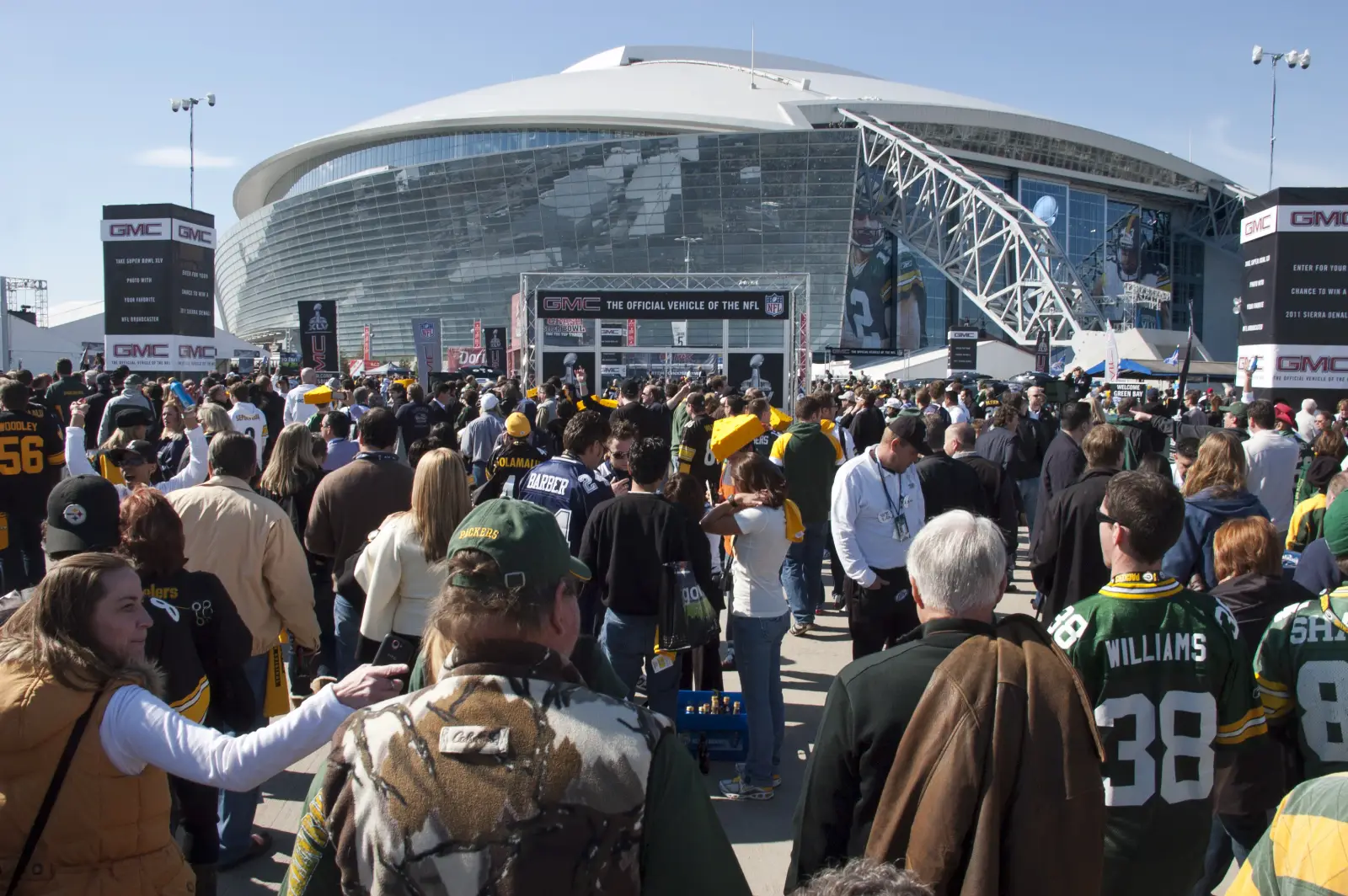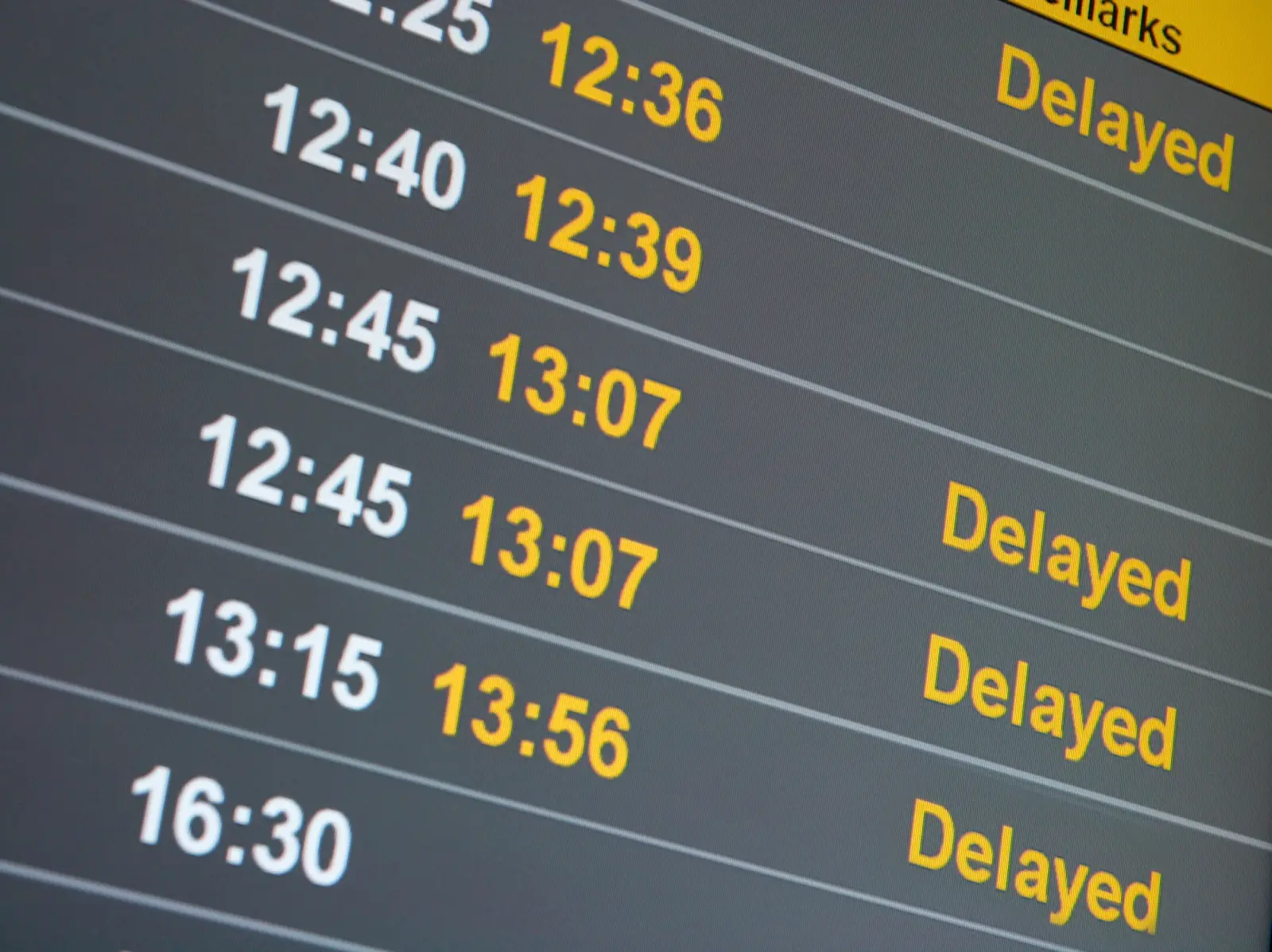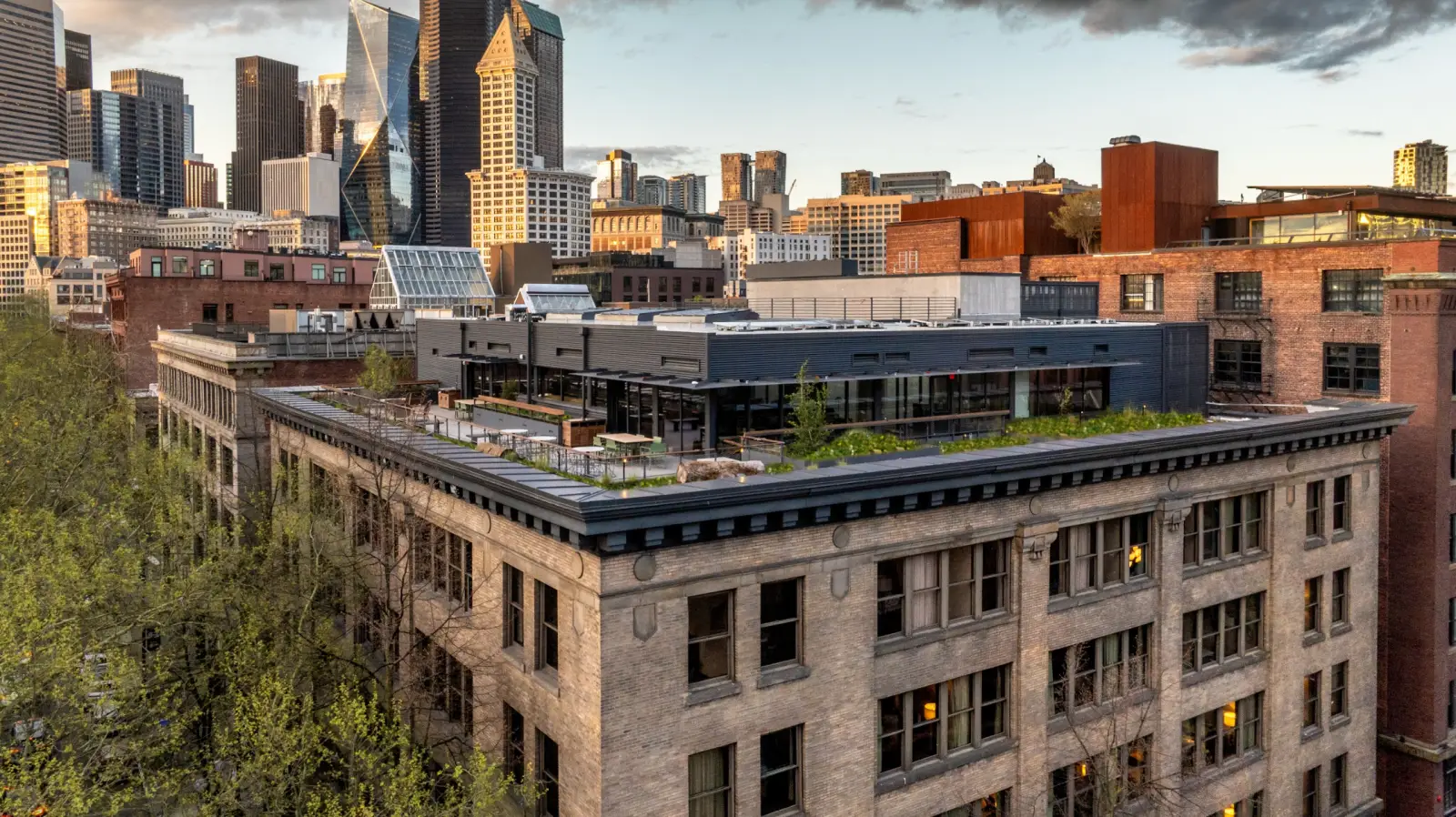Yellowstone National Park will remain closed to visitors due to dangerous flooding conditions, which have prompted park evacuations.
Aerial assessments conducted Monday, June 13, by Yellowstone National Park show major damage to multiple sections of road between the North Entrance (Gardiner, Montana), Mammoth Hot Springs, Lamar Valley and Cooke City, Montana, near the Northeast Entrance.
National Park Service announced that the northern portion of Yellowstone National Park is likely to remain closed for a substantial length of time due to severely damaged, impacted infrastructure.
The National Park Service will make every effort to repair these roads as soon as possible; however, it is probable that road sections in northern Yellowstone will not reopen this season due to the time required for repairs.
To prevent visitors from being stranded in the park if conditions worsen, the park in coordination with Yellowstone National Park Lodges made the decision to have all visitors move out of overnight accommodations (lodging and campgrounds) and exit the park.
All entrances to Yellowstone National Park remain temporarily CLOSED while the park waits for flood waters to recede and can conduct evaluations on roads, bridges and wastewater treatment facilities to ensure visitor and employee safety.
There will be no inbound visitor traffic at any of the five entrances into the park, including visitors with lodging and camping reservations, until conditions improve and park infrastructure is evaluated.
The park’s southern loop appears to be less impacted than the northern roads and teams will assess damage to determine when opening of the southern loop is feasible. This closure will extend minimally through next weekend (June 19).
Due to the northern loop being unavailable for visitors, the park is analyzing how many visitors can safely visit the southern loop once it’s safe to reopen. This will likely mean implementation of some type of temporary reservation system to prevent gridlock and reduce impacts on park infrastructure.
The National Park Service, surrounding counties and states of Montana and Wyoming are working with the park’s gateway communities to evaluate flooding impacts and provide immediate support to residents and visitors.
In 2021, more than 4.8 million people visited Yellowstone. The park is particularly popular in the summer, and Mr. Sholly suggested that 10,000 people was a conservative estimate for how many visitors had been in the park when evacuations began.
The storm in Yellowstone began with two to three inches of rain over the weekend and combined with warming temperatures that melted 5.5 inches of snow, creating a major flood with voluminous and extraordinarily fast water flow.

